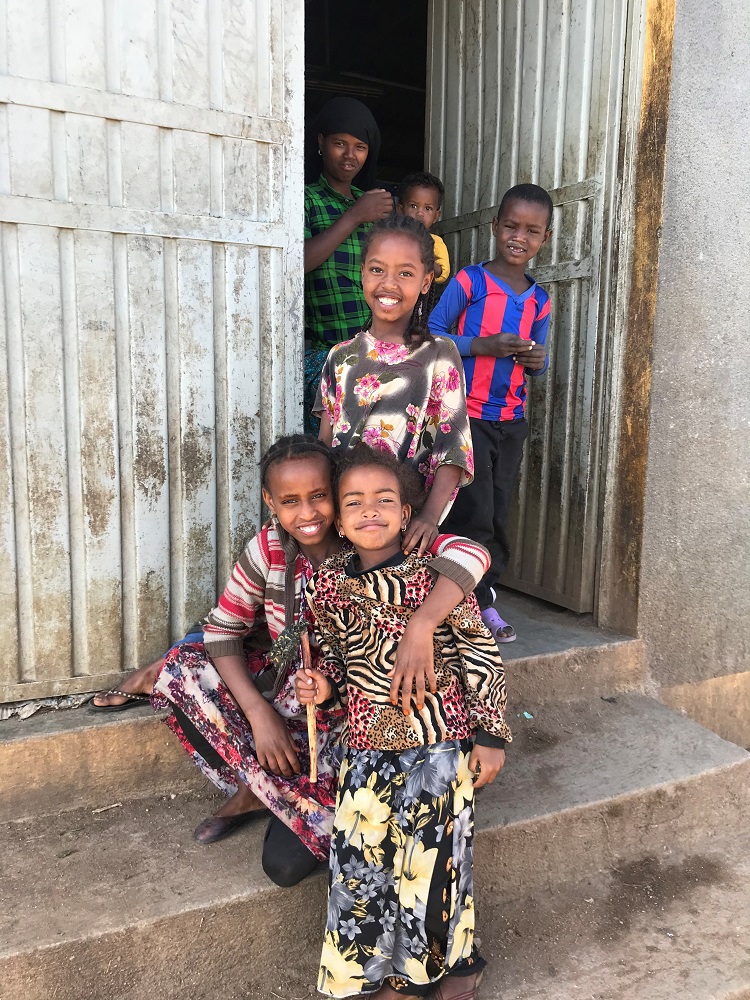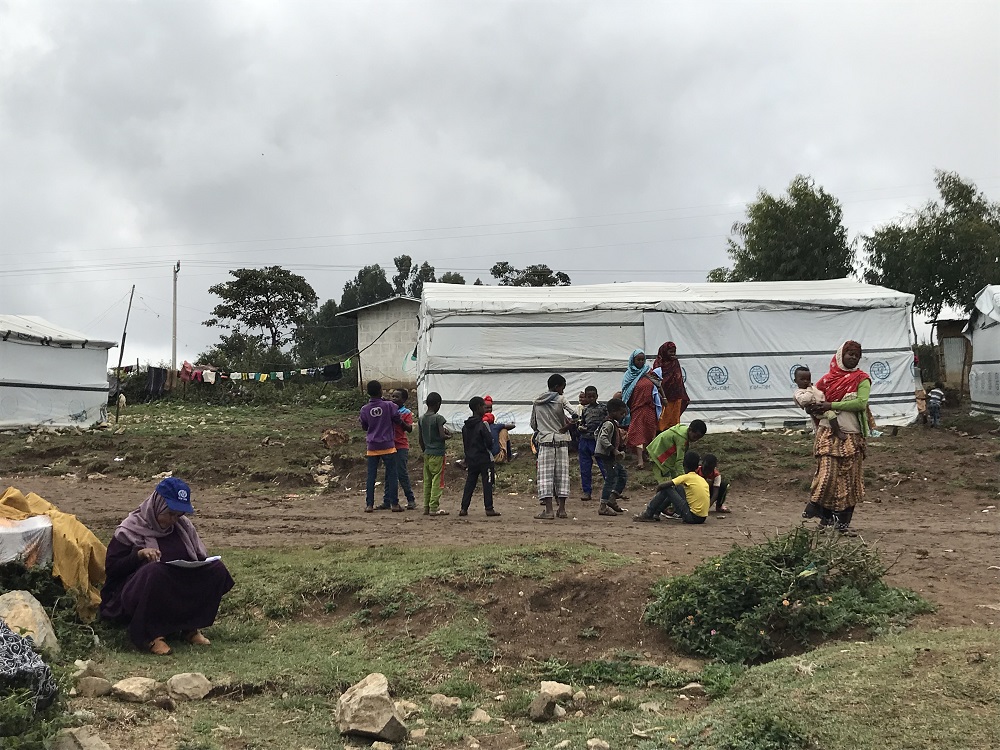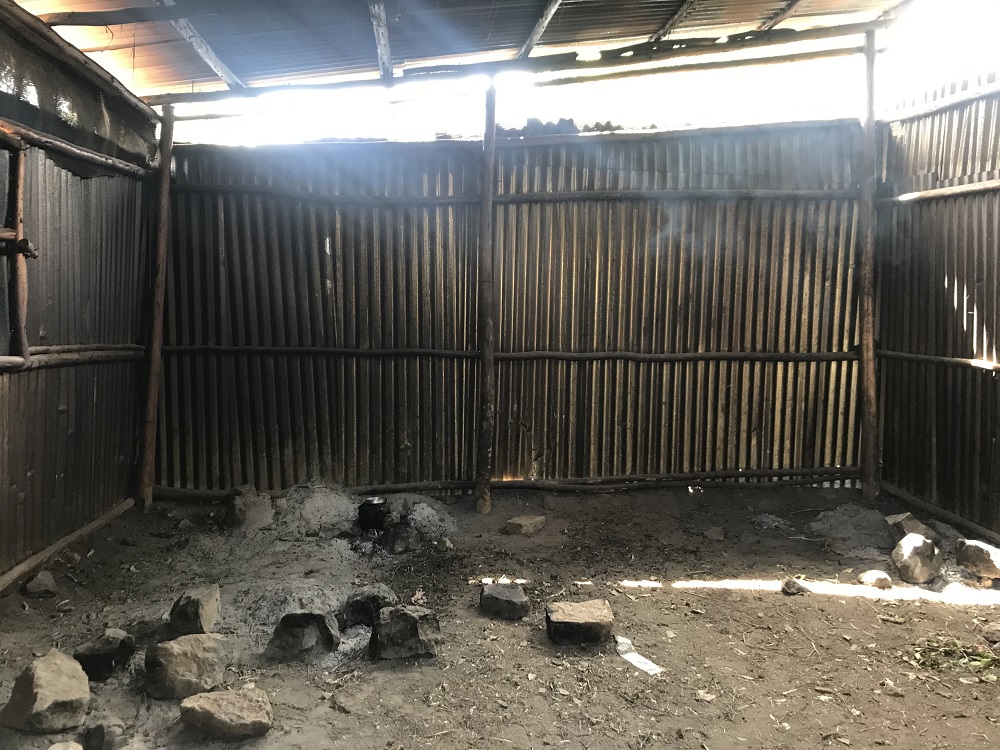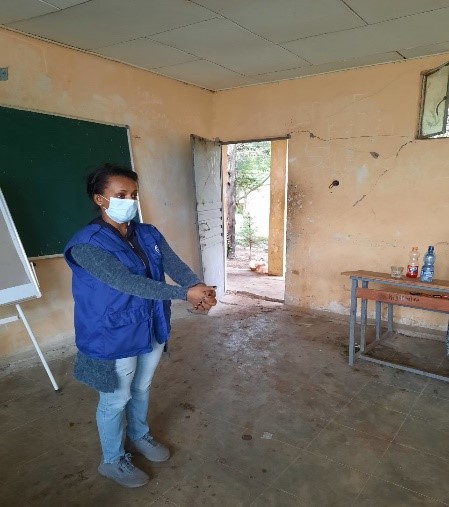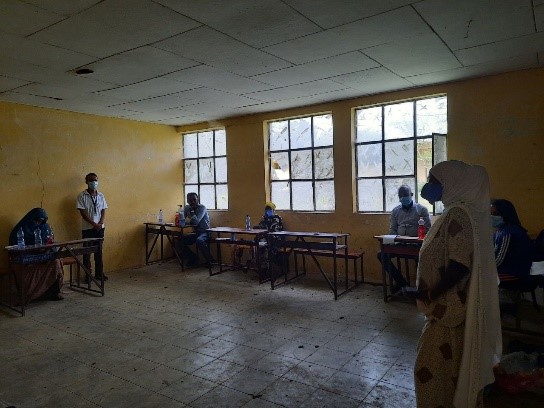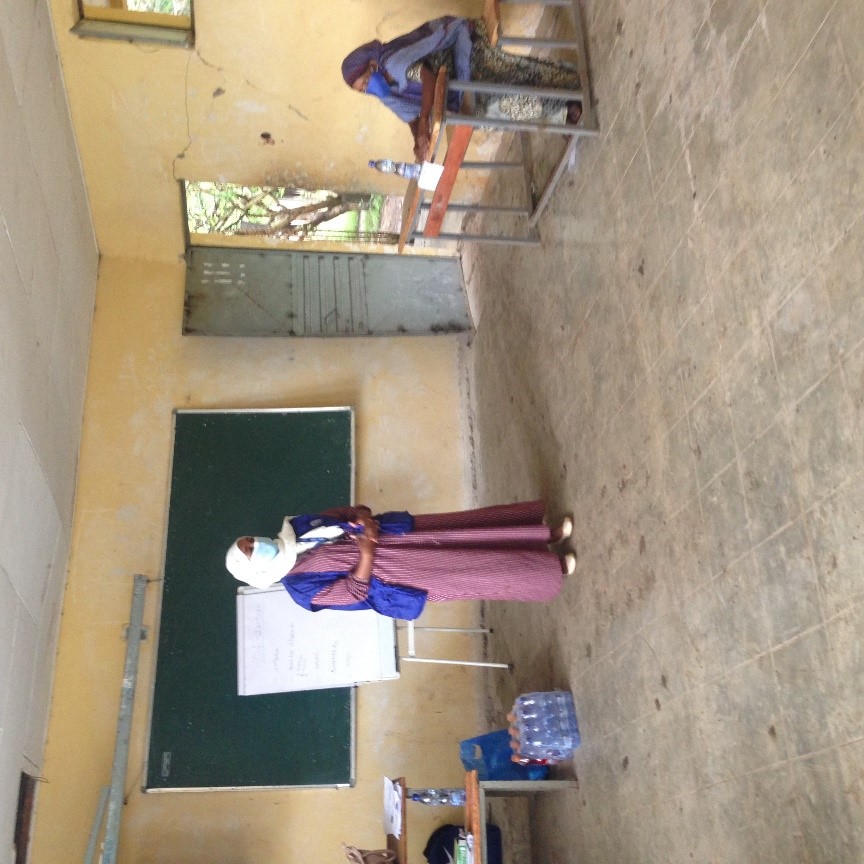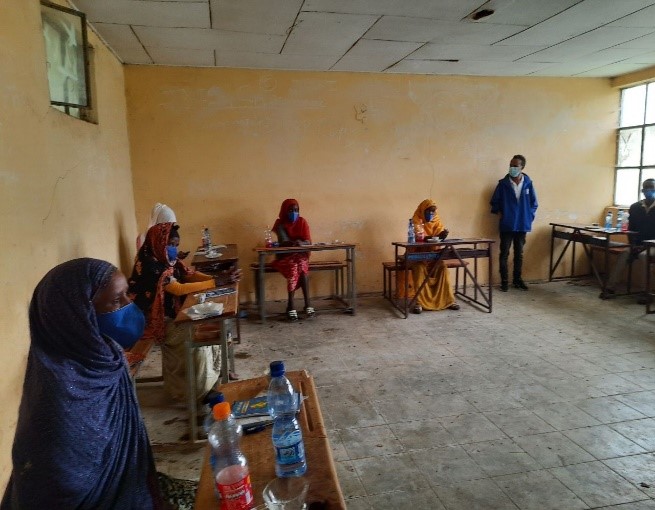The Federal Democratic Republic of Ethiopia (FDRE) is the second most populous country in Africa, with an estimated population of over 109 million people in 2018. In the past years, the mobility situation in Ethiopia has been quite fluid. In March 2019, IOM Ethiopia reported over 3 million internally displaced people nation–wide due to intercommunal violence and conflict, as well as due to sudden and slow onset climate events. In response to this largescale displacement, the government announced a return plan in April 2019, which intended to end internal displacement in Ethiopia. While Ethiopia’s displacement landscape shifted significantly in 2019, living conditions for internally displaced persons (IDPs), returnees, and many host communities remain dire. Key protection concerns faced by IDPs and other affected populations include gender-based violence (GBV) and the lack of adequate referral mechanisms for support to survivors, other forms of physical violence, family separation (including unaccompanied and separated children with limited case management services), psychosocial distress and trauma and extremely limited support to address mental health issues. Additionally, harmful practices, including child marriage, missing documentation, no legal redress for lost property and livelihood increase the vulnerability of people affected by crisis and limited their ability to restore the homes and livelihoods. Limited tailored activities to support persons with specific needs reduce their ability to access lifesaving services and increase the risk and need for survival driven negative coping mechanisms. Women and children are particularly exposed to protection risks and GBV such as sexual violence and physical attacks, child marriage and lack of access to education. With low female literacy rate (16.9%), high prevalence of female genital mutilation (FGM) and high rates of violence against women, this reflects the pervasive gender disparities in Ethiopia.
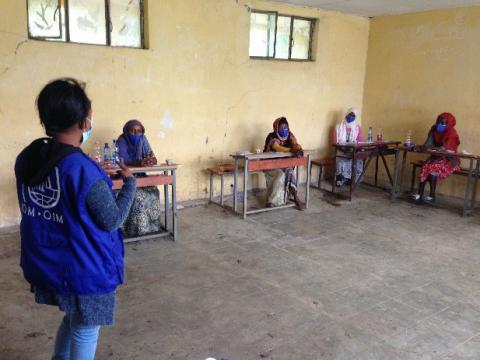
Photo gallery of the country
